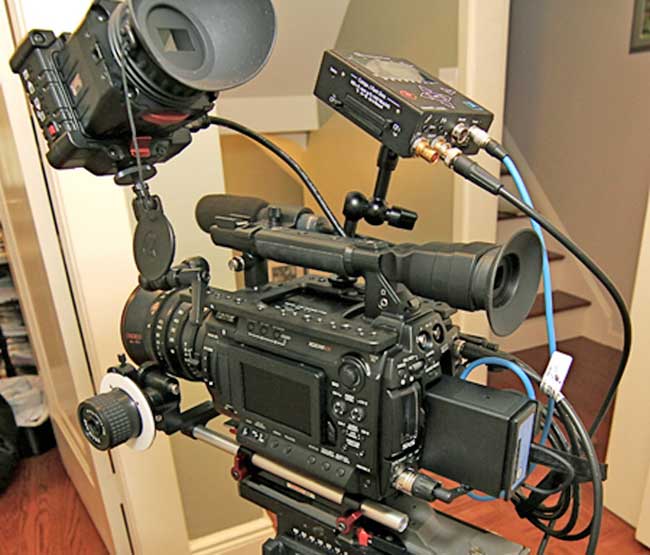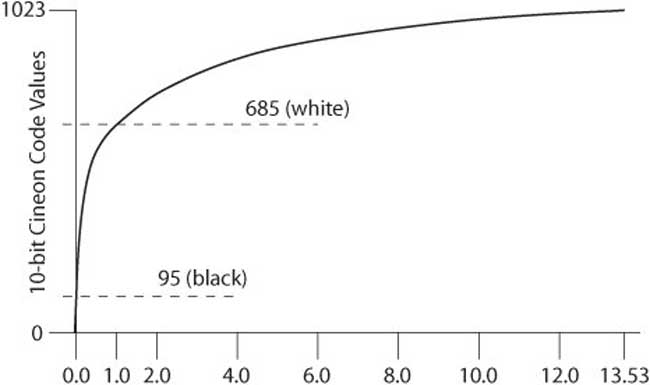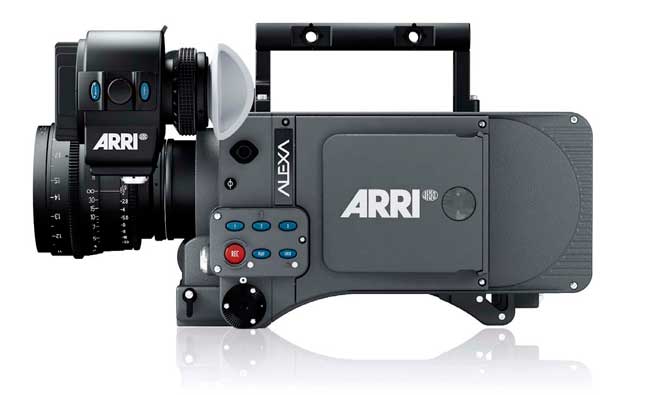AND LESS LIKE A WARTIME CAR?
 Consider the violin: it rests on the shoulder, steadied by the chin. One hand works the bow, while the other supports the far end of the instrument and fingers the strings. It’s light and fits the human body – the perfect combination of form and function.
Consider the violin: it rests on the shoulder, steadied by the chin. One hand works the bow, while the other supports the far end of the instrument and fingers the strings. It’s light and fits the human body – the perfect combination of form and function.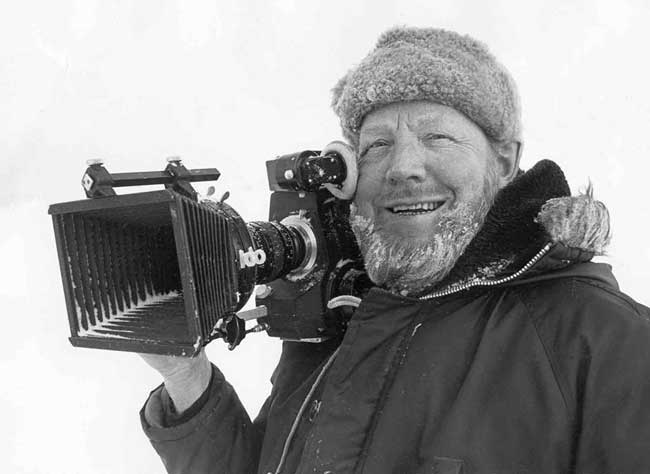
And here’s Rune Ericson in 1980 with the Aaton 16mm film camera: rests on his shoulder, so well balanced, the center of gravity keeps it sitting there. One hand supports the far end, while the other hand is free to zoom, follow focus and change f stop.
No add-on recorder, no extra viewfinder, no wires – sleek and elegant – the perfect combination of form and function.
Moving from film to video, from 1980 to 2011, here’s DV magazine writing colleague and friend, Ned Soltz’s F3 camera kit. Takes great HD pictures, bang up-to-date – but what’s happened to sleek and elegant?
SUDDENLY IT’S RAINING ADD-ON BOXES
It makes good sense to enhance an existing product with an add-on. Sailing boats have outboard motors. 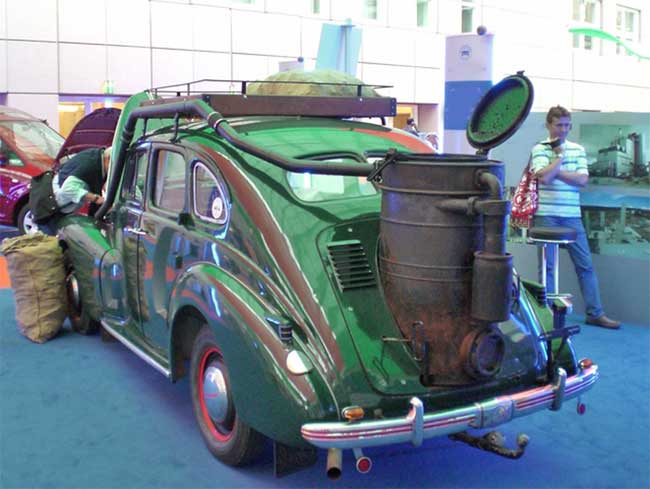
Wartime cars, when gas was rationed, used charcoal burners. Ugly but better than no gas and sitting in the garage.
Most video cameras record digitally compressed signals. Even the mighty RED records compressed signals. Once you compress an image, it makes it difficult to do effects in post like chromakey and layering. Help is at hand as almost all cameras have an uncompressed output straight from the camera’s sensors. Add-on boxes take advantage of this port and then either use a lower compression, like ProRes 4:2:2, or with the aid of modern Solid State Drives (SSD) record the pure uncompressed signal; hence the rash of new recorders.
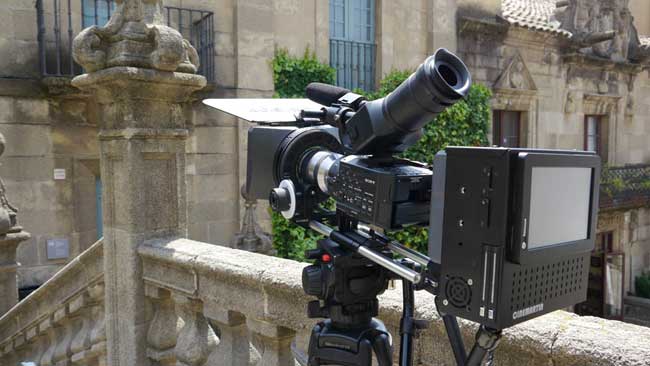 Cinemartin SFVe @ approx. $4,000
Cinemartin SFVe @ approx. $4,000
Fast Forward Video has SideKick HD | Atomos with The Ninja| Cinedeck with, er, the Cinedeck | Sound Devices’ new babies PIX 220 & 240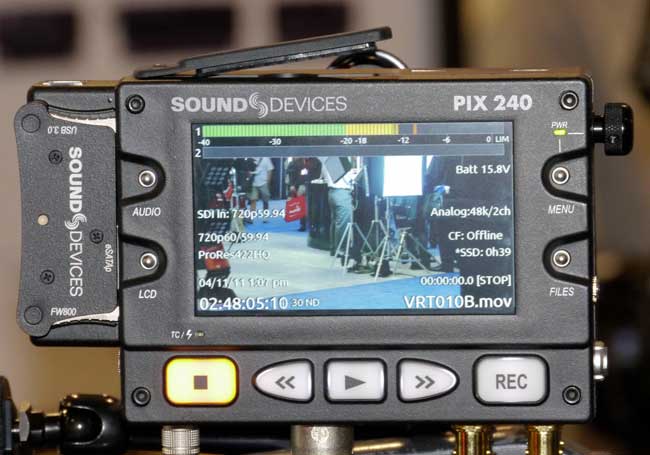
Sound Devices PIX 240 @ $2,695 – photo credit: Adam Wilt
AJA , of course, has Ki-Pro Mini | Cinemartin, SFVe | Convergence Design their popular nanoFlash and the new charmer, the Gemini 4:4:4.
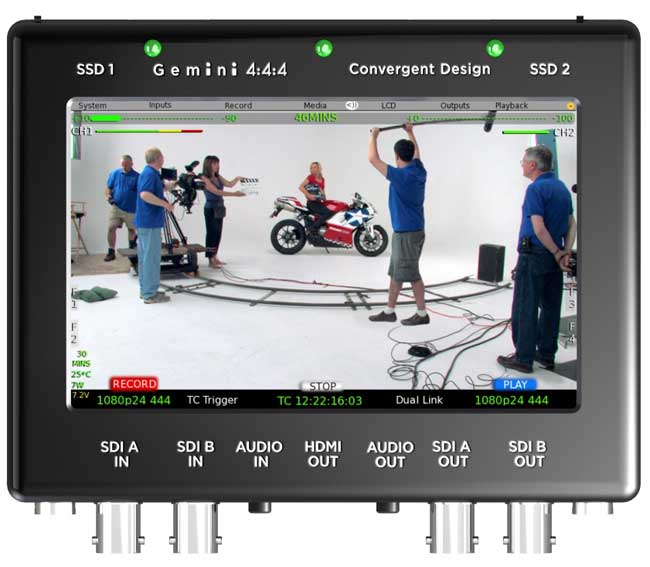 Convergence’s Gemini 4:4:4 @ $5,995
Convergence’s Gemini 4:4:4 @ $5,995
Oh yes, and BlackMagic has Hyperdeck Shuttle. At $345 retail and around $327 on the street, it blows the rests away, bang per buck. Ever seen a product manager cry?
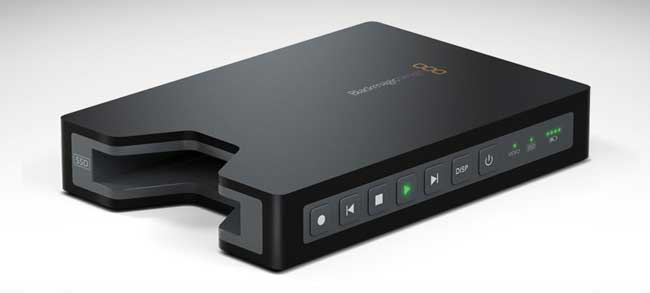
Blackmagic’s Hyperdeck Shuttle @ $345
So it hasn’t got a monitor, it’s not ProRes and gobbles up disk space, but it’s $327 vs., say, the Gemini 4:4:4 at $5,995.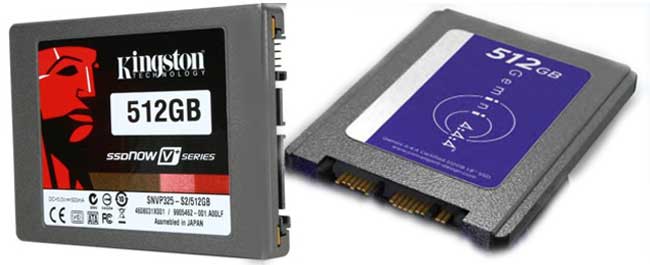
on my left, the Shuttle’s 512GB for weighing in at $840 | on my right, the Gemini’s SSD 512 GB at $1,349
UNCOMPRESSED IS UNCOMPRESSED, RIGHT?
Reading the Gemini specs. I am confused. Extra money for S-Log uncompressed… ArriRAW is coming; so too the popular Weiss format… Huh? I thought un-compressed is un-compressed. S-Log is un-compressed, isn’t it, why pay more?
I turn to my good friend, Adam Wilt, who provides technical services at the newly opened Meets The Eye Studios in San Carlos, CA:
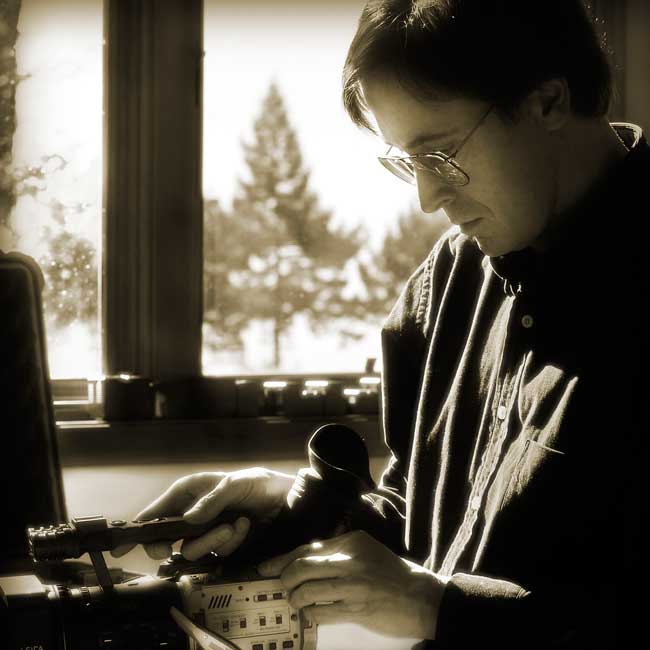
Adam lines up a Panasonic AG-DVX100
SS: Hi Adam, I’m writing a piece for DV mag. about my $327 BlackMagic HyperDeck – which works well (eventually)
AW: Eventually? Not ready for primetime just yet?
SS: and saying that for me it’s the best bang per buck solution. I say that if money were no object and I could justify return on investment, I’d get the Gemini 4:4:4, “The First Affordable Uncompressed Recorder”, they say ( they would, wouldn’t they), I mean $6K vs. $327.
AW: Well, little things, like the Gemini is smaller (by half an inch), has dual-slot SSDs, a screen, a touch overlay, real BNCs, a robust casing, a proper user interface, etc. BMD went for a minimum-cost approach and the Shuttle is a very bare-bones recorder as a result. Gemini is designed for no-compromise fieldwork, complete with more mod cons. and that has consequences for cost.
SS: It’s uncompressed so why all this S-Log stuff and ArriRAW (paid upgrades) and an upgrade to “the popular Weisscam format.”
AW: All “uncompressed” means is that what comes in via single-link or dual-link SDI gets recorded to SSD in a bit-for-bit transcription, with no further compression.
In the case of S-Log, most commonly it’s a 10-bit dual-link signal (which Gemini will record quite faithfully), but instead of having a standard Rec.709 gamma for perceptually uniform coding (sorry, I’m tech editing Charles Poynton this week, so that sort of terminology comes trippingly off the tongue right now!), or put another way, a “visually linear” tonal-scale rendering, an S-Log signal uses a true logarithmic coding: in effect, a gamma curve with raised, milky mid-tones, and an extended highlight capture range without the need for a knee.
It’s much like the “Cineon” curve for film scanning. It’s not intended for direct viewing, it’s designed to capture the entire tonal range that the camera is capable of, for later grading.
ArriRAW is a true raw (non-demosaiced) image, carried using the dual-link HD-SDI transport. It isn’t video, properly speaking, but frame-based scans of the sensor’s raw values, that needs later “development” (demiosaicing, deBayering) to be viewed as an RGB image.
Weisscam is another raw format that can be carried on dual-link SDI.
The Gemini will record them all.
SS: Huh? Weisscam is popular?
AW: It’s becoming more popular, as Stefan Weiss keeps making new cameras! See http://www.fdtimes.com/news/cameras/weisscam-t-1/
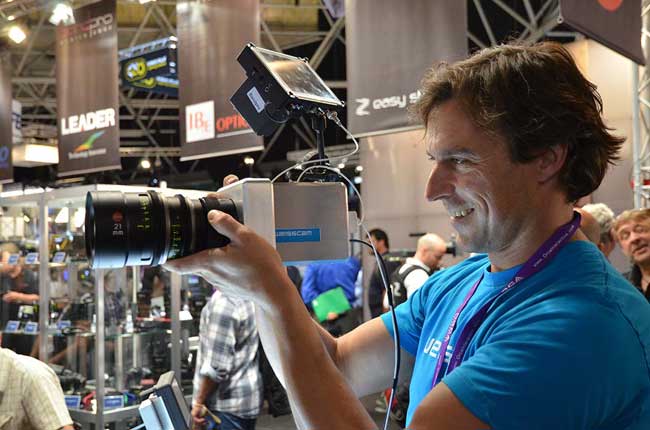 Stefan Weiss with his new camera
Stefan Weiss with his new camera
SS: RAW is uncompressed, yes?
AW: Not necessarily. My Nikon still cams can record raw uncompressed, or raw compressed. RED records compressed raw, where you can set the compression ratio. There is NO uncompressed raw capture on RED.
RED have never enabled the data port on their cameras. You can only record RED RAW on RED supplied media: CF and SSD via bolt-on modules, or hard drives via eSATA connections on a proprietary cable. All the BNC outputs carry deBayered HD video, down sampled to a rather coarse 720p on RED ONE, or a rather nicer 1080p on EPIC.
SS: Uncompressed is uncompressed – right?
AW: Yes, true. But that doesn’t mean that the uncompressed signal from camera A need look anything like the uncompressed signal from camera B; all it means is that the recording is a bit-for-bit replica of whatever gumpf came in on the input connector!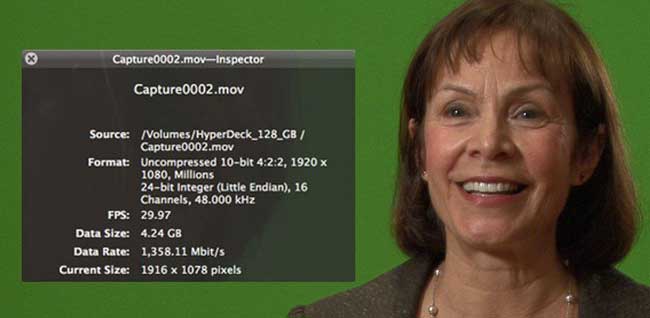
Your little Sony V1U sends YCrCb component video at 1920×1080, 8 bit 4:2:2, 29.97 fps over HDMI, and an uncompressed recorder should record it with perfect fidelity. The Arri sends raw sensor data at 2880×1620, 12 bits, 23.976 fps over a dual-link SDI connection, and an uncompressed recorder (capable of recording ARRIRAW T-Link format over dual-link SDI) will record it with perfect fidelity–but it’s a completely different data format than the V1′s uncompressed signal, and the two formats are not interoperable.
Just looking at the Alexa, I can have it output any of the following uncompressed signals:
– 1920×1080 Rec.709 video, just like any other camera (more or less).
– 1920×1080 LogC video (Arri’s counterpart to Sony’s S-Log; it’s derived from the Cineon curve, and it’s intended for later grading).
– 2880×1620 ArriRAW, an unprocessed raw data dump from the sensor.
All are recorded uncompressed, yet all look very different. And that’s just from ONE camera!
SS: S-Log, LogC, Cineon curve, oh my. Let’s take a short break from Adam’s master class…
HERE’S MY BLACKMAGIC HYPERDRIVE SHUTTLE
IMHO there are only two places that a camera add-on can go: either on the rear, or underneath – on top or even worse, on one side, throws the camera’s balance off and we don’t want that, do we?
I opt for a low-slung Hyperdrive cage. I visit my local precision engineer, Ron, with a sketch of what I want, “Has to be light, handhold-able and easy to remove.”
Ron likes this kind of challenge. I call it Slingdeck.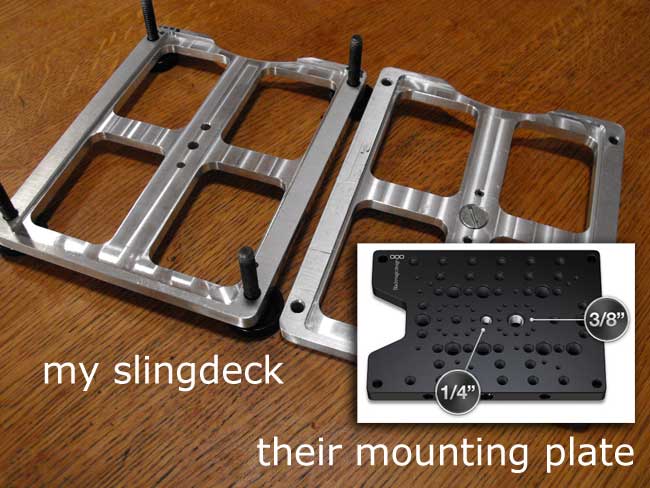
The day I collect my Slingdeck, BlackMagic announces its own mounting plate. How it attaches the Shuttle to a camera is a mystery to me. Modestly, mine is 10 times better.
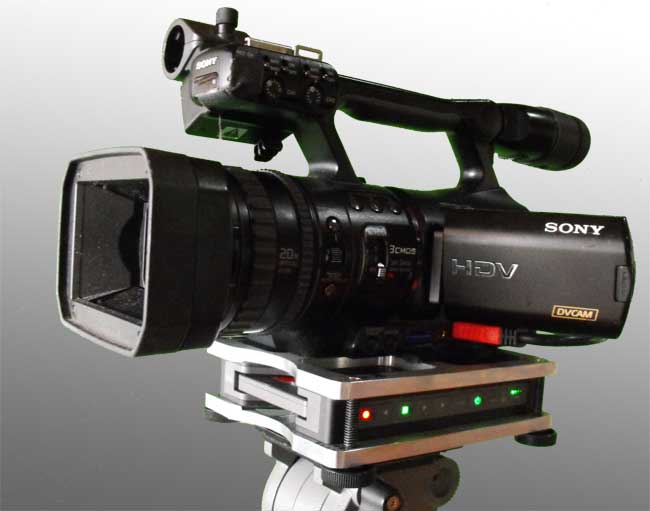 Sony V1U ($1,750 S/H) with $327 Hyperdrive Shuttle captures uncompressed video
Sony V1U ($1,750 S/H) with $327 Hyperdrive Shuttle captures uncompressed video
Is the Shuttle perfect? Nope. When it arrived, it simply didn’t work, just green images with black lines. Then they brought out 1.1 firmware. Yep, it now works – but wait, no it doesn’t. Yes, it does. Unreliable.
After a string of emails (“You’re the only one who has this problem.”), I drive to BlackMagic tech. headquarters, just south of Oakland airport. After an hour of head scratching, here’s the verdict: turn on the Shuttle FIRST – count to five – then turn on the camera. Do it in that order and it records perfectly every time. I can live with that – just.
BlackMagic are working on a fix. Roll on, firmware 1.2. Roll on, an output for the DISP button which does FA at the moment.
- “You’re the only one who has this problem.” OMG that’s what Éclair said when my ACL jammed film in humid Majorca. That’s what Ampex said when they delivered my 1” VPR1s. That’s what CMX said when I complained about their editing system not understanding the PAL 8 field color sequence. That’s what Markus said when I sued them as their studio doors didn’t meet specs. “You’re the only one who has this problem.” Is it me?
BACK TO ADAM’S EMAIL:
AW: The Shuttle’s low price comes with a price, as it were, and it’s important to show that.
“Faster, better, cheaper” is the eternal triangle of antagonists; with the Shuttle, “faster” takes the hit: the ritualized startup sequence, the lack of proper monitoring, the need for ancillary equipment. That’s the price you pay for getting the “cheaper” of $327 and the “better” of uncompressed.
Some will say that’s too much of a sacrifice and go for the more polished and production-friendly Gemini. But it costs $5,700 more! That’s the price to be paid: no more “cheaper”; even if by the standards of a couple of years ago it’s still an incredible bargain.
For the cash-strapped indie with a crew of two and VFX stars in his eyes, the Hyperdeck Shuttle enables what would otherwise be financially impossible. For the time-starved commercial production company with expensive union bodies on the clock and a cranky client in video village, $6,000 is a pittance to be paid for the smoother workflow the Gemini provides.
Horses for courses, that’s all.
SS: Wow Adam you’re good! Thanks.
AW: Any more questions?
SS: Just one. Why can’t a video camera be more like a violin?

